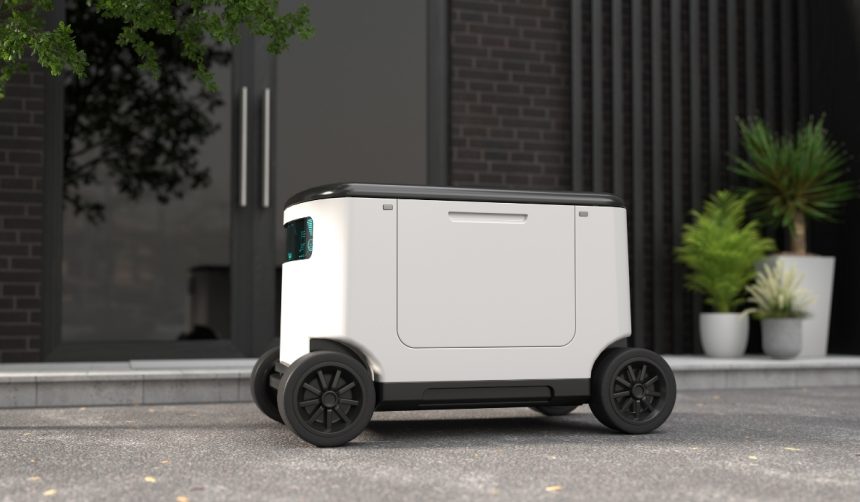Industry insiders had long speculated whether Rethink Robotics could regain its status as a key player in collaborative robotics after its initial bankruptcy in 2018. Now, the company’s latest closure ends a complex journey marked by ambitious development, shifting ownership, and mounting market pressure. Many manufacturing companies had looked toward Rethink’s Baxter, Sawyer, and newer robots like Ryder and Riser for automation solutions, but challenges with product readiness and financial support proved insurmountable. This development leaves employees, partners, and robotics enthusiasts reflecting on the complexities of maintaining innovation in a fast-evolving sector.
Rethink Robotics’ earlier collapse in 2018 led to its acquisition by Hahn Automation Group, and later integration into United Robotics Group. Over the years, the company launched new products and re-entered the U.S. market under different leadership, but still faced difficulties meeting market demands. Earlier press releases and news stories indicated strong optimism at relaunches, yet recurring concerns about their robots’ performance and ability to compete against rivals, such as Universal Robots, persisted. The most recent shutdown contrasts with previous attempts marked by hopeful restructuring and investment, highlighting the unpredictable nature of the robotics industry.
What Led to Rethink Robotics’ Second Shutdown?
After its 2018 bankruptcy, Rethink Robotics was reportedly revitalized with the backing of European investors and fresh management. However, despite moving operations from Germany back to the U.S. and introducing new robots including Reacher, Ryder, and Riser, significant technical and commercial challenges emerged.
“Unfortunately, the products weren’t ready to be released, so sales was behind plan. At the same time, the investors of United Robotics Group decided to pull back their funds and let the group file bankruptcy, which led to the discontinuation of Rethink Robotics in the U.S.,”
explained Julia Astrid Riemenschneider, Rethink’s former CEO.
How Have Product Hurdles and Market Competition Affected Rethink?
Rethink’s innovative robotics such as Baxter and Sawyer were initially welcomed in research and some industrial settings, but ongoing issues with robot precision and reliability hampered wider adoption. Competitors, especially Universal Robots, solidified their dominance in the collaborative robot sector. Industry observers noted that these persistent product shortcomings, combined with a rapidly evolving market, made it increasingly difficult for Rethink to reclaim lost ground. Companies that had initially dismissed collaborative robots have since embraced the technology, raising the bar for new entrants.
What Is the Current Status of Rethink Robotics’ Assets and Staff?
The fate of Rethink’s intellectual property and its latest robot models remains uncertain. Leadership changes and layoffs have affected staff morale and created uncertainty among remaining team members.
“I just had hired new staff and invested heavily into marketing and stock. [It was] heartbreaking to let go on a team that was all in and excited to help Americas manufacturing industry to automate,”
added Riemenschneider. The company’s closure comes after United Robotics Group also ceased funding for other robotics ventures, complicating the outlook for Rethink’s technology assets.
Rethink Robotics’ trajectory offers valuable insight into trends shaping the global collaborative robotics industry. The company’s journey illustrates the critical role of product reliability, adaptability to shifting investor priorities, and the ability to pivot quickly in response to global competition. Rethink’s story also serves as a case study for robotics companies navigating funding challenges and evolving customer expectations, particularly around integration, service, and long-term support. For prospective robotics buyers and companies considering automation, thorough scrutiny of product maturity and vendor stability is essential. Watching how Rethink’s intellectual property and innovations will be handled may provide further clarity on the potential for future entrants to learn and adapt from Rethink Robotics’ experience as collaborative robots remain central to industrial automation strategies.










